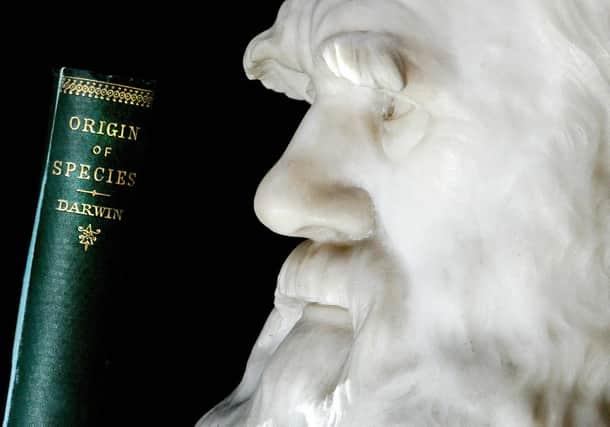Dr's Casebook: Drugs had not evolved enough to help Charles Darwin


You can actually see his study and his desk where he wrote his great works. It is surrounded by specimens from around the world, test tubes, microscopes and all manner of Victorian scientific paraphernalia. The whole house was actually a laboratory, for he conducted experiments everywhere, some of them quite bizarre. For example, he once placed a jar of worms on his wife’s piano to determine whether they could actually hear music. He laid skulls on his billiards table and he assiduously collected and studied creatures and plants, experimenting all the time in order to come to his ground-breaking theory of evolution.
Sadly, Darwin was plagued by ill health all his life. He was subject to all manner of symptoms, ranging from cramps, dizziness, bouts of melancholy, palpitations and nausea and vomiting. He took laudanum and bismuth salts for his stomach. He tried electrical stimulation of his abdomen, had psychological treatment and hydrotherapy or water treatment from his doctor in Malvern.
Advertisement
Hide AdAdvertisement
Hide AdOne theory is that he suffered from Chagas disease, a tropical illness spread by an insect that he referred to as the great black bug of the Pampas, also known as the kissing or the barber bug. He was bitten by one during his Voyage on the Beagle. It is a wingless insect that acts as a host to the parasite that causes the disease.
Interestingly, Chagas disease is associated with another microorganism called Helicobacter pylori, which can live in the human stomach and which cause stomach ulcers, gastritis and indigestion.
The discovery of this micro-organism transformed medicine. When I was a house surgeon back in the late seventies surgical operating lists almost always included operations to deal with stomach or duodenal ulcers. Then suddenly, science developed a number of very effective drugs that dramatically reduced the need for surgery. And then in 1982, Helicobacter pylori was discovered, giving us a whole range of new treatments that can cure these ailments, which sadly were not available for the great scientist Charles Darwin.